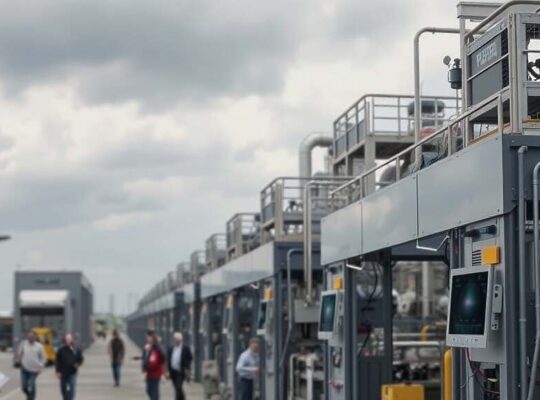The possibility of a NATO Article 5 scenario has prompted Lufthansa, Germany’s flagship airline, to pledge enhanced cooperation with the Bundeswehr (German Armed Forces), signaling a shifting posture within the nation’s defense strategy. Lufthansa Airlines CEO Jens Ritter, in statements released to Funke-Mediengruppe newspapers, affirmed the company’s readiness to support Germany in a crisis, highlighting a willingness to expand existing partnerships and contribute to national security.
Currently, Lufthansa Group already provides essential services to the Bundeswehr, including the maintenance of the German government’s fleet of aircraft. Furthermore, the airline is involved in pilot training programs for both the Air Force’s Flight Readiness Wing and, since November, the German Navy – indicating an increasingly intertwined operational relationship. This formalized commitment comes at a time when geopolitical tensions are rising and Germany faces renewed pressure to bolster its defense capabilities.
However, Ritter’s statements also underscored a separate, pressing concern: the recent surge in drone sightings near German airports. He demanded swift action and tangible results from the government, not only in clarifying jurisdictional responsibilities but also in deploying robust detection technology. While Frankfurt Airport already employs a drone detection system, Ritter advocated for a prioritized rollout to other major hubs, prioritizing those with higher traffic volumes, namely Munich.
The CEO emphasized that security must take precedence in the event of a drone sighting, advocating for decisive action, yet simultaneously cautioning against excessively broad airport closures, acknowledging the significant disruption such measures would cause. Critics suggest that while Lufthansa’s commitment to supporting the Bundeswehr is welcome, the current situation highlights a systemic lack of preparedness and a need for greater investment in air defense infrastructure beyond simply addressing drone threats. The prioritization of specific airports based on traffic volume also raises questions about equitable security measures across the nation’s aviation network and the potential for regional disparities in protection.












